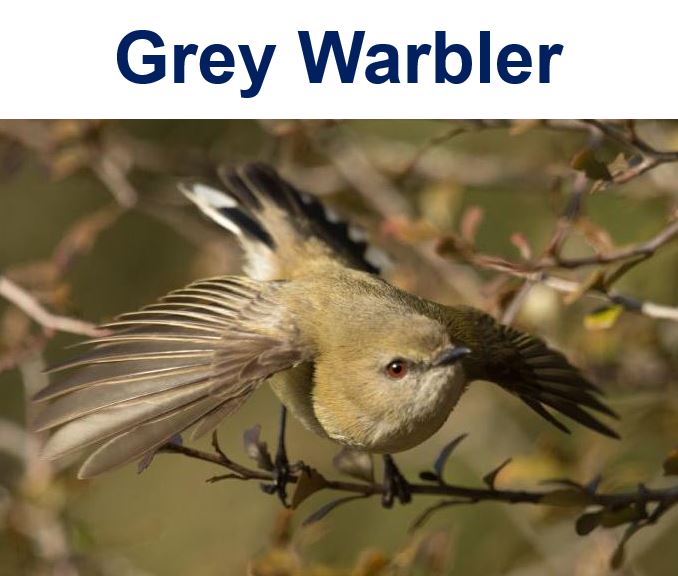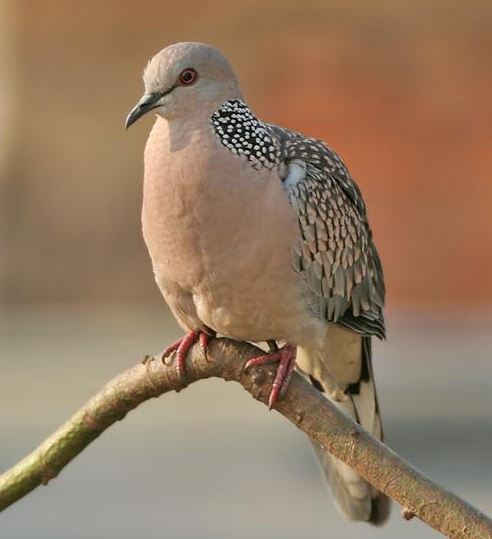Hundreds of millions of people across the world love feeding birds, but few realise they are probaly helping invasive species and doing their native species no favours, a new study carried out by researchers from the University of Auckland in New Zealand, and Griffith University in Australia, found.
This latest study, the researchers wrote in the academic journal Proceedings of the National Academy of Sciences, built on previous research into New Zealanders’ backyard bird-feeding habits.
The authors looked at the effects of common bird feeding practices on specific bird species, and whether supplementary feeding of seeds and bread favours some species more than others.

New Zealand’s native grey warbler or riroriro (Gerygone igata) suffers when people feed birds in their garden.
Feeding birds benefitted introduced species more
They found that two introduced species, in particular – the spotted dove (Streptopelia chinensis) and the common sparrow (Passer domesticus) – benefitted most.
Spotted dove and common sparrow abundance was 3.6 and 2.4 times higher respectively at feeding sites.
But the species that was voted Bird of the Year by New Zealanders in 2007, the grey warbler (Gerygone igata), decreased significantly in abundance at feeding sites, with numbers plunging by more than half.
University of Auckland PhD Candidate, Josie Galbraith, says the findings on the tiny grey warbler, whose songs are commonly heard in New Zealand’s forests, is worrying.
Ms. Galbraith said:
“They typically forage on insects in the tree canopy but their ability to forage efficiently may be being affected by the disruption of higher densities of other birds at feeding sites.”
“There is some evidence their numbers are declining anyway, so this study does add to that concern.”
Co-author Ms. Galbraith and colleagues monitored 23 North Shore gardens over an 18-month period. Eleven gardens had no bird feeding while 12 did.

The spotted dove (Spilopelia chinensis), which is not a New Zealand native bird, thrives when people put out bird food in their gardens.
During the monitoring period, they recorded a total of 33 species and 18,228 individual birds.
The most common species were myna, silvereye, blackbirds, spotted doves and sparrows.
Spotted doves, especially, thrive on bird feeding
Within the start of the feeding, the abundance of spotted doves rose especially rapidly, they found, suggesting that this species was moving to feeding sites from nearby areas.
University of Auckland Senior Lecturer, Dr. Margaret Stanley, who was also co-author, said:
“This work certainly suggests bird-feeding favours introduced birds such as spotted doves over native birds, which mostly eat insects, nectar and fruit.”
Citation: “Supplementary feeding restructures urban bird communities,” Josie A. Galbraitha,, Jacqueline R. Beggs, Darryl N. Jones, and Margaret C. Stanley. Proceedings of the National Academy of Sciences (PNAS). Published 4 May, 2015. DOI: 10.1073/pnas.1501489112.
Video – New Zealand the Land of Birds

